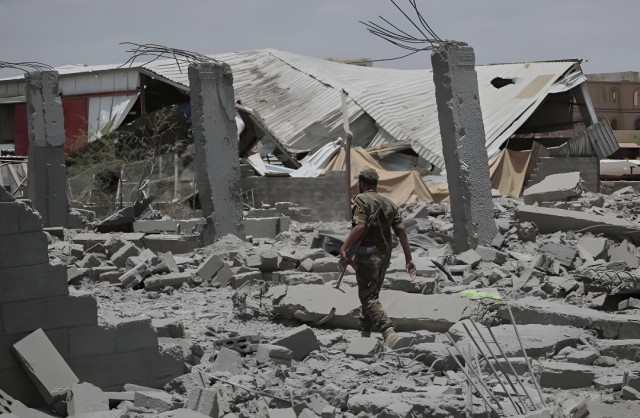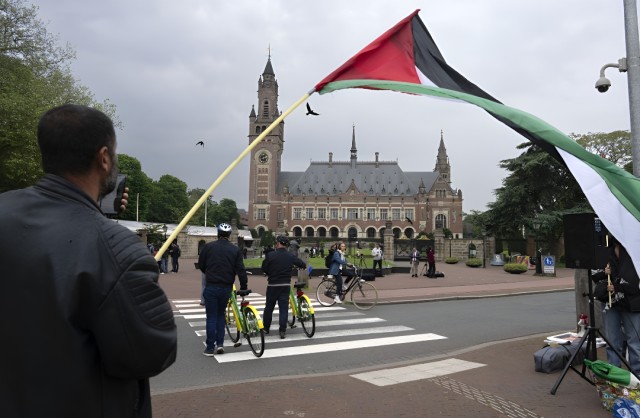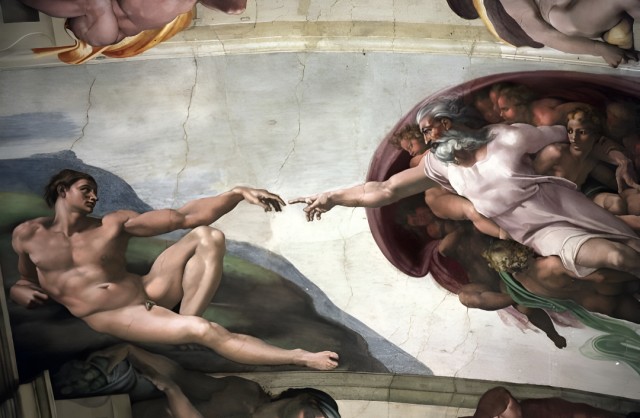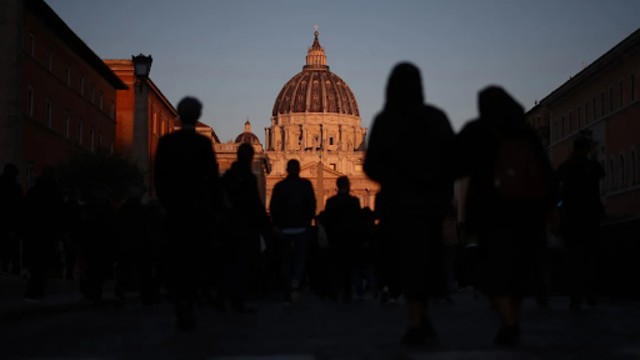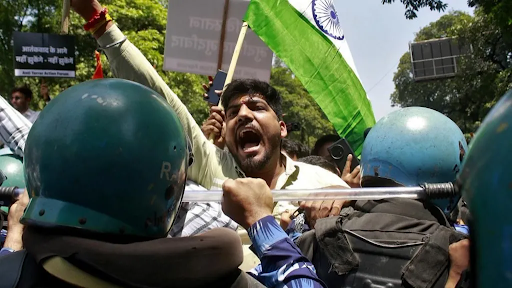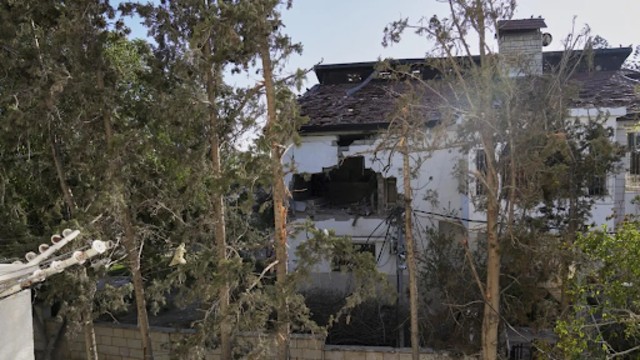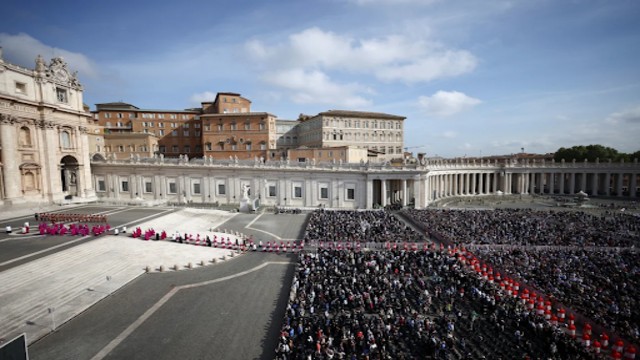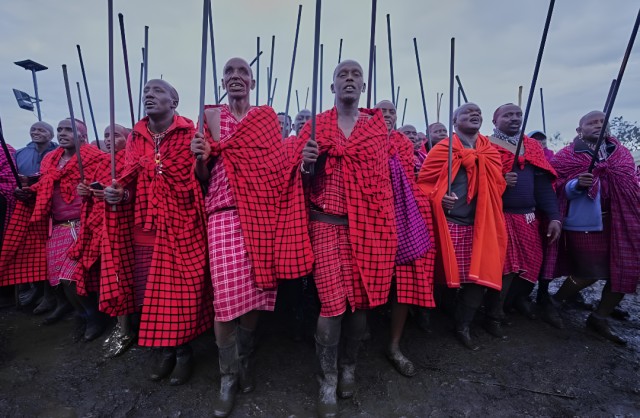
Men from the Maasai tribe perform the traditional dance during the Enkipaata ceremony, a Maasai male rite of passage, specifically the initiation of boys, marking the transition from childhood to becoming a moran (Maasai Warrior) in Olaimutiai, Narok County, Kenya, Wednesday, April 23, 2024. (AP Photo)
In the crisp highlands overlooking Kenya’s Maasailand, 900 teenage boys huddled in their traditional Maasai shukhas. Braving the morning chill, they lined up for a cup of hot milk — their only sustenance for the day.
Despite the cold, they slept on the forest floor, went hungry, and hadn’t bathed for weeks. This was no punishment. It was part of their journey to become Maasai warriors.
A Rare and Honoured Gathering of Maasai Warriors
The boys traveled from all across southern Kenya and northern Tanzania to reach Olaimutiai in Narok County. They were handpicked for a warrior training camp — an event that happens only once every 10 to 15 years.
This gathering teaches Maasai traditions, leadership, and resilience. It is a rite of passage into adulthood.
Isaac Mpusia, a 16-year-old student, recalls how a group of boys visited his home last March. After sharing a night under his family’s roof, they asked him to leave with them.
“I didn’t know where we were going and was worried,” he admits. Yet, he knew it was a great honour. “When you come here, you learn many things our parents practiced. Discipline is key.”
Evolving Traditions
Historically, the Maasai warrior journey spanned a full year. Young boys lived in seclusion, mastering survival skills and, occasionally, hunting lions.
Today, those traditions have adapted. Warrior camp now lasts one month, carefully aligned with school holidays. Boys carry sticks, not spears. Lions are no longer hunted.
The Enkipaata ceremony, recognized by UNESCO as endangered heritage, continues — but with a modern outlook.
Balancing Ritual and Education
For families like Joyce Naingisa’s, preserving culture while embracing education is crucial.
Naingisa, a 34-year-old county minister, took a month’s leave to support her son during the camp. She remembers how, in her youth, boys would miss school for a full year for this training.
“Today’s leaders value education,” she says. “Our boys complete the rite of passage and still return to school.”

Women’s Quiet Strength
Building the camp’s temporary village was the women’s responsibility.
“We found an empty plain. Now there are homes,” says Naingisa.
With boys coming from distant villages, mothers like her care for all the boys equally. “Any child can enter any house. There is no distinction.”
Brotherhood forged in Tradition
Graduation day is marked by a grand feast. Elders bless a ceremonial bull, and its meat is shared among everyone.
Stanley Naingisa, a chief, says, “It teaches sharing, brotherhood, and unity. These bonds last a lifetime.”
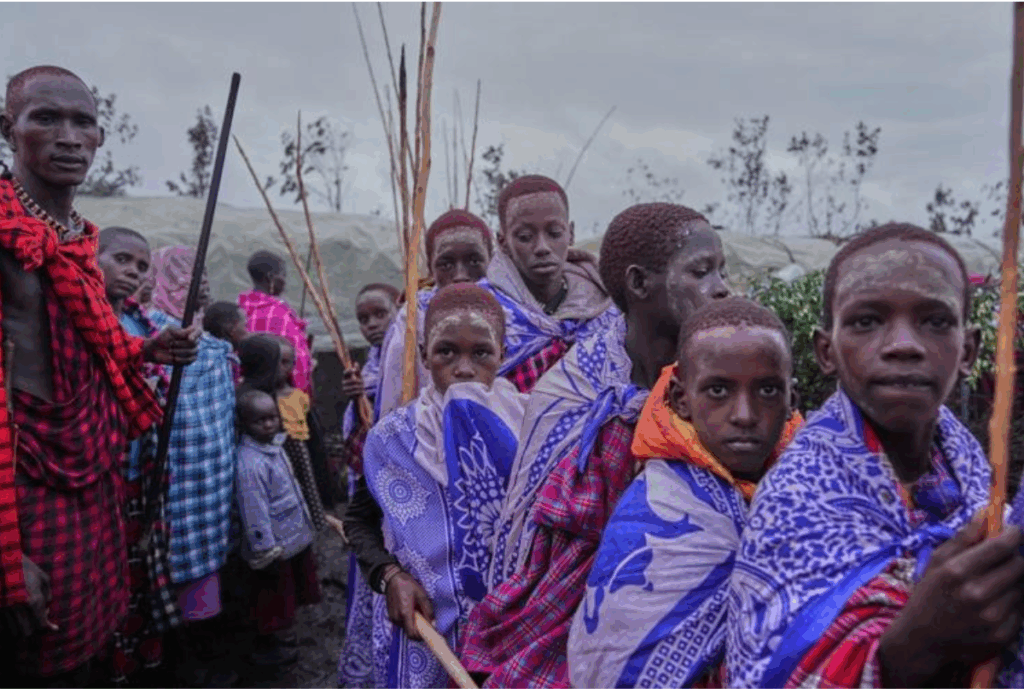
New Challenges for the New Gen of Maasai Warriors
This generation of Maasai youth faces different challenges. Climate change and land loss threaten their way of life.
“These children are our hope,” says Mosinte Nkoitiko, a cultural chief from
Tanzania. “They must know they are not alone.”
Planting Roots for the Future
As the camp was built, 150 seeds and 50 seedlings were planted.
“These trees are blessed,” says Joyce Naingisa. “They will grow alongside our children — a symbol of a new beginning.”
At the final ceremony, the boys were officially named “Iltaretu” — a brotherhood that extends beyond the camp, across Kenya and Tanzania.
“When we meet again,” says Isaac Mpusia, smiling, “we will know we are one.”


